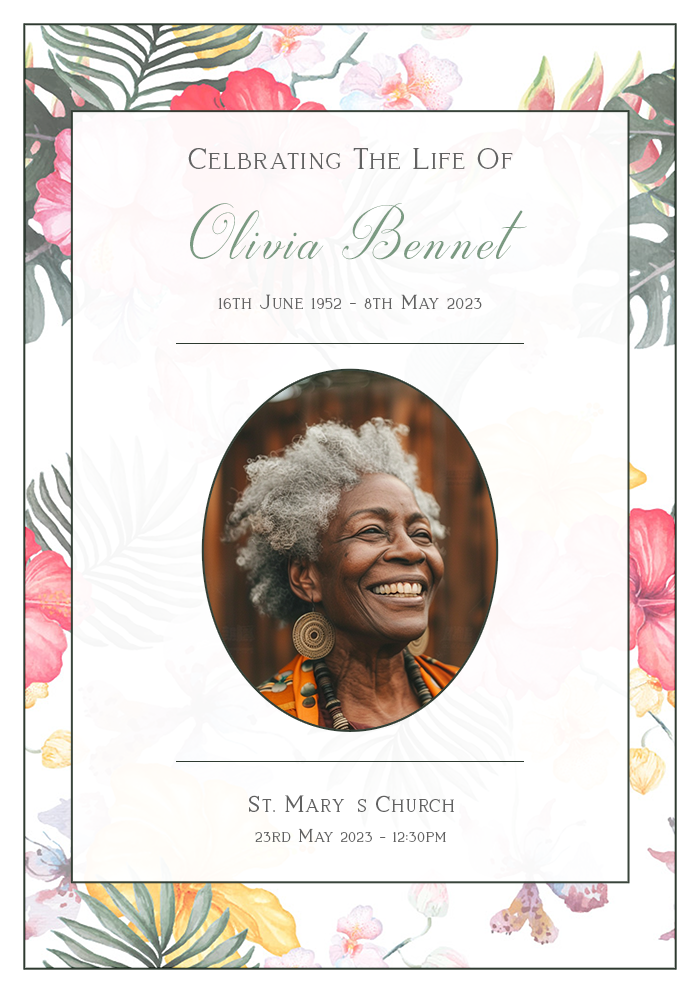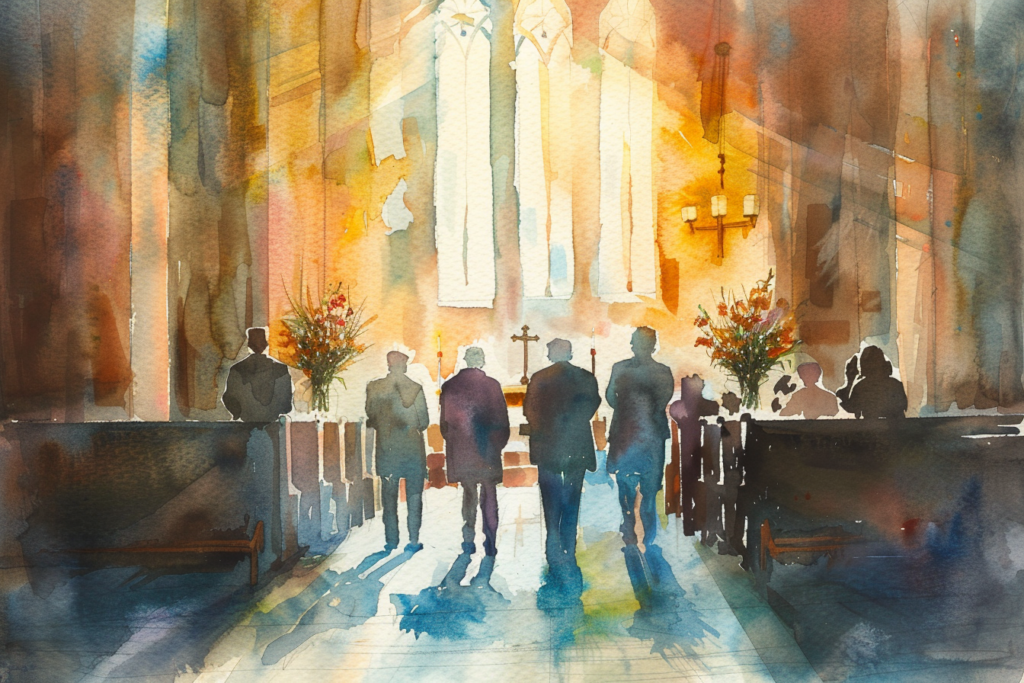
What To Include In A Funeral Announcement Card



Introduction

Losing a loved one is one of life’s most challenging experiences, and during such a difficult time, the task of informing others can seem daunting.
A funeral announcement card is a respectful and efficient way to communicate the details of a loved one’s funeral.
This guide will help you understand what to include in a funeral announcement card, ensuring it serves its purpose with dignity and clarity.
After reading the article please consider our collection of personalised announcement cards.




Article Contents

Essential Details to Include

Full Name of the Deceased
Begin the card with the full name of the deceased. This should be prominently displayed to ensure it is immediately clear who the announcement is about.
You may include any nicknames or titles they were commonly known by, which can make the card feel more personal and recognisable.
Date of Birth and Date of Death
Including the birth and death dates provides a sense of closure and honours the deceased’s life span.
These dates also help in confirming the identity of the deceased, especially in cases where there may be people with similar names.
Photo of the Deceased
A photograph can add a personal touch and help recipients connect emotionally. Choose a picture that reflects how the deceased would like to be remembered, ideally one that captures their essence and personality.
Date and Time
Clearly state the date and time of the funeral service. This information is crucial as it allows people to make the necessary arrangements to attend.
Venue
Include the full address of the funeral service venue. If the venue might be unfamiliar to many, consider adding directions or a map. This ensures that everyone can find the location without added stress.
Type of Service
Mention the type of service that will be held (e.g., burial, cremation, memorial service). This helps attendees understand what to expect and can assist them in preparing emotionally and logistically.
Officiant’s Name
Including the name of the person officiating the service, whether it’s a religious leader or a family friend, can be comforting for attendees.
It provides a sense of structure and can also give a clue about the nature of the service.

Additional Information

Personal Messages or Quotes
A heartfelt message or a meaningful quote can convey the feelings of the family and offer comfort to those grieving. Choose words that reflect the personality and values of the deceased, or that offer solace.
Dress Code
If there is a specific dress code for the service, mention it in the announcement. Whether it’s formal attire, a particular colour, or something more relaxed, informing attendees helps them feel prepared and respectful.
Donation Requests
If the family prefers donations to a charity in lieu of flowers, include this information. Specify the charity’s name and provide details on how donations can be made. This can be a meaningful way to honour the deceased’s legacy and passions.
Reception Details
If there will be a gathering after the service, provide details about the reception. Include the location, time, and any special instructions. This allows people to continue sharing memories and offering support in a more informal setting.

Conclusion

Creating a funeral announcement card is a delicate task, but it is also an essential one. It ensures that friends, family, and acquaintances are informed in a respectful and organised manner.
By including all the necessary details, you help create a meaningful tribute to the deceased and provide clarity and comfort to those who are grieving.
Remember, the goal is to honour your loved one’s memory while offering support and information to those who wish to pay their respects.







